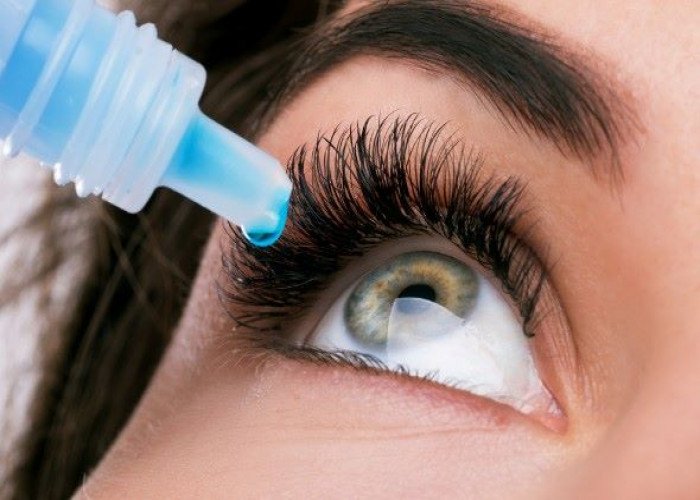 Welcome
Welcome
“May all be happy, may all be healed, may all be at peace and may no one ever suffer."
Dry eyes
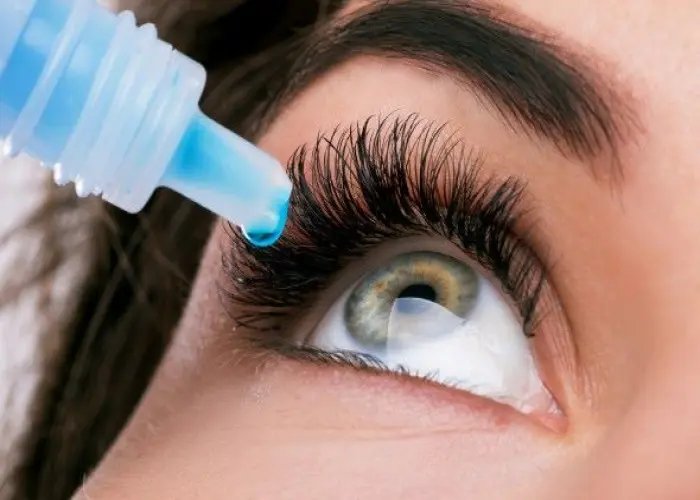
Dry eyes occur when the eyes don't produce enough tears or when the tears evaporate too quickly, resulting in discomfort, irritation, and a range of other symptoms. These symptoms can include:
- a gritty sensation in the eyes
- burning or stinging eyes
- redness and irritation
- sensitivity to light
- blurred vision
- eye fatigue
- excessive tearing
There are several possible causes of dry eyes, including:
- aging
- certain medications
- environmental factors such as dry air, wind, or smoke
- medical conditions such as rheumatoid arthritis or Sjogren's syndrome
- eye surgery or injury
To treat dry eyes, the first step is to identify and address any underlying causes. In some cases, simply adjusting the environment or lifestyle may be enough to alleviate symptoms. This can include using a humidifier, avoiding smoke, wearing sunglasses to protect against wind and sun, and taking breaks from digital screens.
Artificial tears or eye drops can also be used to lubricate the eyes and reduce discomfort. For more severe cases, prescription medications or procedures may be recommended by a healthcare provider, including medications that increase tear production, punctual plugs to block tear drainage, or surgery to close tear ducts.
Research Papers
Disease Signs and Symptoms
- Eye pain or burning
- Sensitivity to light (Photophobia)
- Mucus in eye
- Eye redness
- Blurred vision of eye
- Eye fatigue
- Dry eyes
- Stringy mucus in or around your eyes
- Visual distortions, such as straight lines seeming bent
Disease Causes
Dry eyes
Dry eyes are caused by a variety of reasons that disrupt the healthy tear film. Your tear film has three layers: fatty oils, aqueous fluid and mucus. This combination normally keeps the surface of your eyes lubricated, smooth and clear. Problems with any of these layers can cause dry eyes.
Reasons for tear film dysfunction are many, including hormone changes, autoimmune disease, inflamed eyelid glands or allergic eye disease. For some people, the cause of dry eyes is decreased tear production or increased tear evaporation.
Decreased tear production
Dry eyes can occur when you're unable to produce enough water (aqueous fluid). The medical term for this condition is keratoconjunctivitis sicca (ker-uh-toe-kun-junk-tih-VY-tis SIK-uh). Common causes of decreased tear production include:
- Aging
- Certain medical conditions including Sjogren's syndrome, allergic eye disease, rheumatoid arthritis, lupus, scleroderma, graft vs. host disease, sarcoidosis, thyroid disorders or vitamin A deficiency
- Certain medications, including antihistamines, decongestants, hormone replacement therapy, antidepressants, and drugs for high blood pressure, acne, birth control and Parkinson's disease
- Corneal nerve desensitivity caused by contact lens use, nerve damage or that caused by laser eye surgery, though symptoms of dry eyes related to this procedure are usually temporary
Increased tear evaporation
The oil film produced by small glands on the edge of your eyelids (meibomian glands) might become clogged. Blocked meibomian glands are more common in people with rosacea or other skin disorders.
Common causes of increased tear evaporation include:
- Posterior blepharitis (meibomian gland dysfunction)
- Blinking less often, which tends to occur with certain conditions, such as Parkinson's disease; or when you're concentrating during certain activities, such as while reading, driving or working at a computer
- Eyelid problems, such as the lids turning outward (ectropion) and the lids turning inward (entropion)
- Eye allergies
- Preservatives in topical eyedrops
- Wind, smoke or dry air
- Vitamin A deficiency
Disease Prevents
Dry eyes
If you experience dry eyes, pay attention to the situations that are most likely to cause your symptoms. Then find ways to avoid those situations in order to prevent your dry eyes symptoms. For instance:
- Avoid air blowing in your eyes. Don't direct hair dryers, car heaters, air conditioners or fans toward your eyes.
- Add moisture to the air. In winter, a humidifier can add moisture to dry indoor air.
- Consider wearing wraparound sunglasses or other protective eyewear. Safety shields can be added to the tops and sides of eyeglasses to block wind and dry air. Ask about shields where you buy your eyeglasses.
- Take eye breaks during long tasks. If you're reading or doing another task that requires visual concentration, take periodic eye breaks. Close your eyes for a few minutes. Or blink repeatedly for a few seconds to help spread your tears evenly over your eyes.
- Be aware of your environment. The air at high altitudes, in desert areas and in airplanes can be extremely dry. When spending time in such an environment, it may be helpful to frequently close your eyes for a few minutes at a time to minimize evaporation of your tears.
- Position your computer screen below eye level. If your computer screen is above eye level, you'll open your eyes wider to view the screen. Position your computer screen below eye level so that you won't open your eyes as wide. This may help slow the evaporation of your tears between eye blinks.
- Stop smoking and avoid smoke. If you smoke, ask your doctor for help devising a quit-smoking strategy that's most likely to work for you. If you don't smoke, stay away from people who do. Smoke can worsen dry eyes symptoms.
- Use artificial tears regularly. If you have chronic dry eyes, use eyedrops even when your eyes feel fine to keep them well lubricated.
Disease Treatments
For most people with occasional or mild dry eye symptoms, it's enough to regularly use over-the-counter eyedrops (artificial tears). If your symptoms are persistent and more serious, you have other options. What you do depends on what's causing your dry eyes.
Some treatments focus on reversing or managing a condition or factor that's causing your dry eyes. Other treatments can improve your tear quality or stop your tears from quickly draining away from your eyes.
Treating the underlying cause of dry eyes
In some cases, treating an underlying health issue can help clear up the signs and symptoms of dry eyes. For instance, if a medication is causing your dry eyes, your doctor may recommend a different medication that doesn't cause that side effect.
If you have an eyelid condition, such as your lids turned outwards (ectropion), your doctor may refer you to an eye surgeon who specializes in plastic surgery of the eyelids (oculoplastic surgeon).
Medications
Prescription medications used to treat dry eyes include:
- Drugs to reduce eyelid inflammation. Inflammation along the edge of your eyelids can keep oil glands from secreting oil into your tears. Your doctor may recommend antibiotics to reduce inflammation. Antibiotics for dry eyes are usually taken by mouth, though some are used as eyedrops or ointments.
- Eyedrops to control cornea inflammation. Inflammation on the surface of your eyes (cornea) may be controlled with prescription eyedrops that contain the immune-suppressing medication cyclosporine (Restasis) or corticosteroids. Corticosteroids are not ideal for long-term use due to possible side effects.
- Eye inserts that work like artificial tears. If you have moderate to severe dry eye symptoms and artificial tears don't help, another option may be a tiny eye insert that looks like a clear grain of rice. Once a day, you place the hydroxypropyl cellulose (Lacrisert) insert between your lower eyelid and your eyeball. The insert dissolves slowly, releasing a substance that's used in eyedrops to lubricate your eye.
- Tear-stimulating drugs. Drugs called cholinergics (pilocarpine, cevimeline) help increase tear production. These drugs are available as pills, gel or eyedrops. Possible side effects include sweating.
- Eyedrops made from your own blood. These are called autologous blood serum drops. They may be an option if you have severe dry eye symptoms that don't respond to any other treatment. To make these eyedrops, a sample of your blood is processed to remove the red blood cells and then mixed with a salt solution.
Other procedures
Other procedures that may be used to treat dry eyes include:
- Closing your tear ducts to reduce tear loss. Your doctor may suggest this treatment to keep your tears from leaving your eye too quickly. This can be done by partially or completely closing your tear ducts, which normally serve to drain tears away.
- Tear ducts can be plugged with tiny silicone plugs (punctal plugs). These are removable. Or tear ducts can be plugged with a procedure that uses heat. This is a more permanent solution called thermal cautery.
- Using special contact lenses. Ask your doctor about newer contact lenses designed to help people with dry eyes.
- Some people with severe dry eyes may opt for special contact lenses that protect the surface of the eyes and trap moisture. These are called scleral lenses or bandage lenses.
- Unblocking oil glands. Warm compresses or eye masks used daily can help clear up blocked oil glands. A thermal pulsation device is another way to unclog the oil glands, but it is unclear whether this method provides any advantage over warm compresses.
- Using light therapy and eyelid massage. A technique called intense-pulsed light therapy followed by massage of the eyelids has proved to help people with severe dry eyes.
Disease Diagnoses
Disease Allopathic Generics
Disease Ayurvedic Generics
Disease Homeopathic Generics
Disease yoga
Dry eyes and Learn More about Diseases

Anorgasmia in women

Microscopic colitis
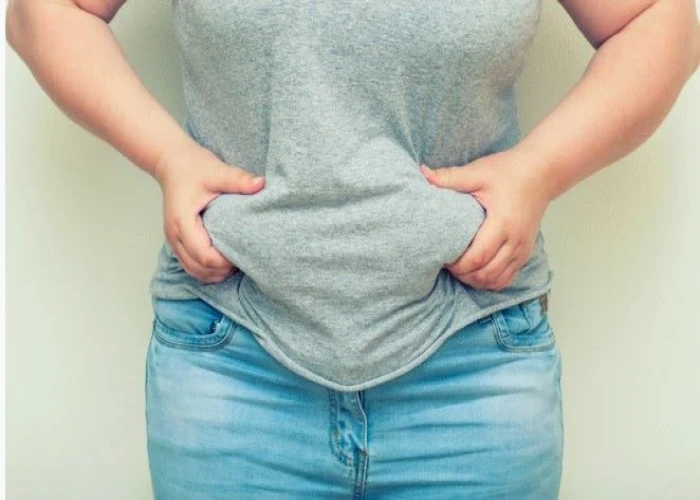
Obesity

Gout
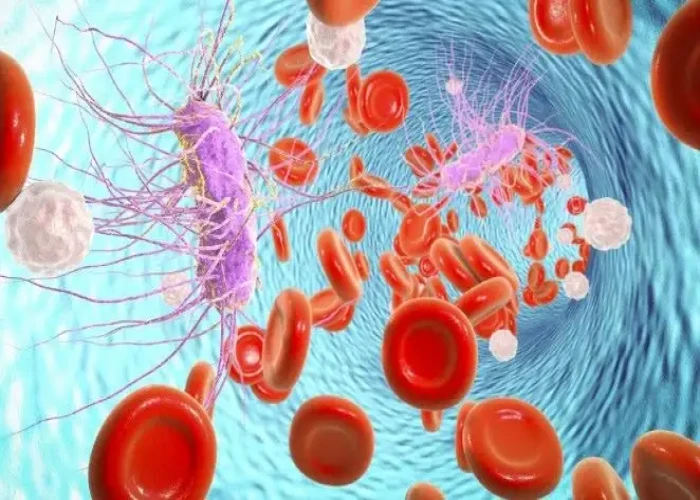
Sepsis

Edema

Tetanus
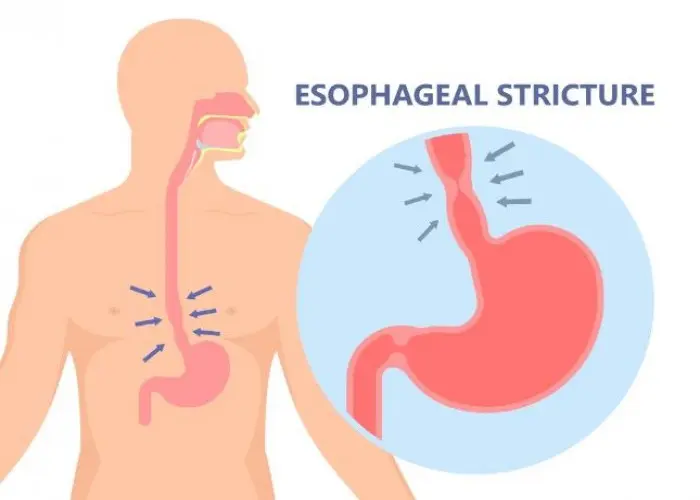
Eosinophilic esophagitis
dry eyes, শুকনো চোখ
To be happy, beautiful, healthy, wealthy, hale and long-lived stay with DM3S.
